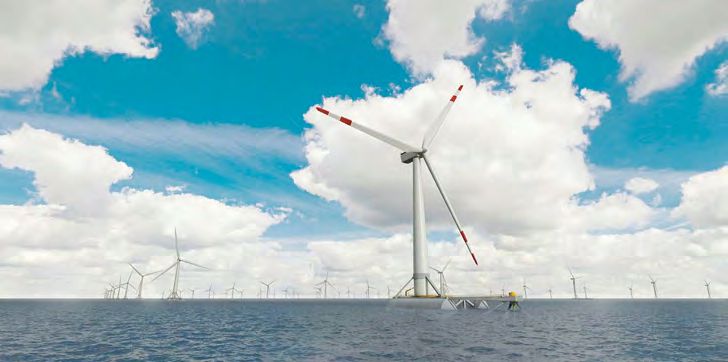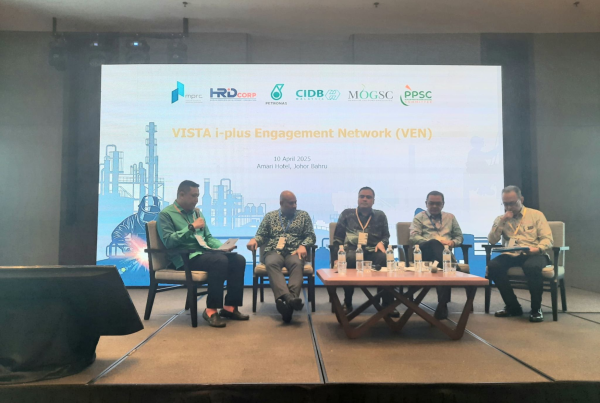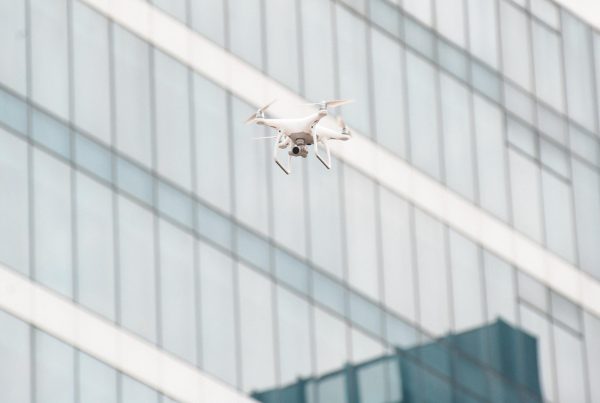Offshore wind speeds tend to be faster and steadier than on land, resulting in efficient electricity production. However, offshore wind farms may be costly to construct and maintain. To overcome this challenge, German energy corporation RWE Renewables and Spanish floating wind company Saitec Offshore Technologies have teamed up to develop a floating platform for offshore wind turbines.
The two companies plan to test new approaches to the affordable installation and operation of wind farms in deep waters. They have launched a joint pilot project called ‘DemoSATH’ that will lead to testing of a floating platform next year off Spain’s Basque Coast in 2021. SATH, which stands for Swing Around Twin Hull, is a technology based on a twin hull made of modular prefabricated concrete elements that are subsequently braced.
The project seeks to collect data and gain real-life knowledge from the construction, operation and maintenance of the platform. The pilot project will last 3.5 years comprising 18 months for the planning and construction, followed by a two-year operating phase.
RWE Renewables CEO Anja-Isabel Dotzenrath said, “We see great potential for floating wind farms worldwide. Especially in countries with deeper coastal waters, this opens up attractive opportunities. With DemoSATH, we are gaining experience with an innovative concrete-based platform technology that will help us to position ourselves in this growth market.”
Luis González-Pinto, COO of Spanish engineering company Saitec Offshore, said, “The potentiality of SATH to reduce the cost of floating wind is immense. Now is the time to build and operate this floating wind turbine and widen this exciting market.”
RWE Renewables will cover part of the project costs, contribute offshore experience and gain access to the resulting findings in return. The focus is on the performance and on the load behaviour of the platform under all possible conditions. In addition, the partners are interested in operational experience, which is essential for the planning of future commercial wind farms.
Among the things to be tested are safe and efficient solutions for vessel accessibility to the platform and for the replacement of large components. RWE is also testing other technology options for floating offshore wind turbines in addition to SATH.
DemoSATH will be Saitec Offshore’s second project in open waters. The deployment of a scaled 1:6 model off the coast of Santander is scheduled for mid of this year.
For the DemoSATH project, Saitec Offshore Technologies is providing the design and project management during the whole lifecycle of the development. The company is also managing the operation, maintenance and data treatment during the testing.
The structure and the 2MW wind turbine will be assembled in the port of Bilbao. The base of the structure will be approximately 30m wide and 64m long. The platform including the turbine will be towed to its anchorage point in a test field two miles off the coast, where the sea is about 85m deep. Hybrid mooring lines, composed of chains and fibre, and anchored to the seabed will hold the floating body in position. The plant is expected to go into operation in the third quarter of 2021 and the electricity generated during the project will be channelled into the Spanish power grid.
Source: www.theconstructionindex.co.uk















